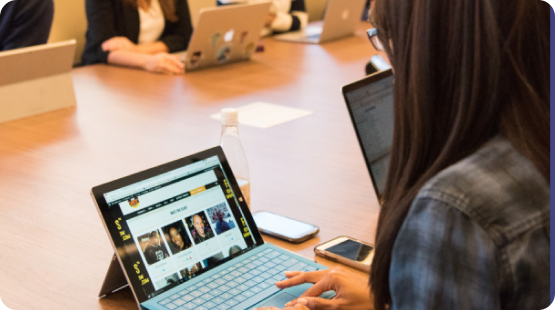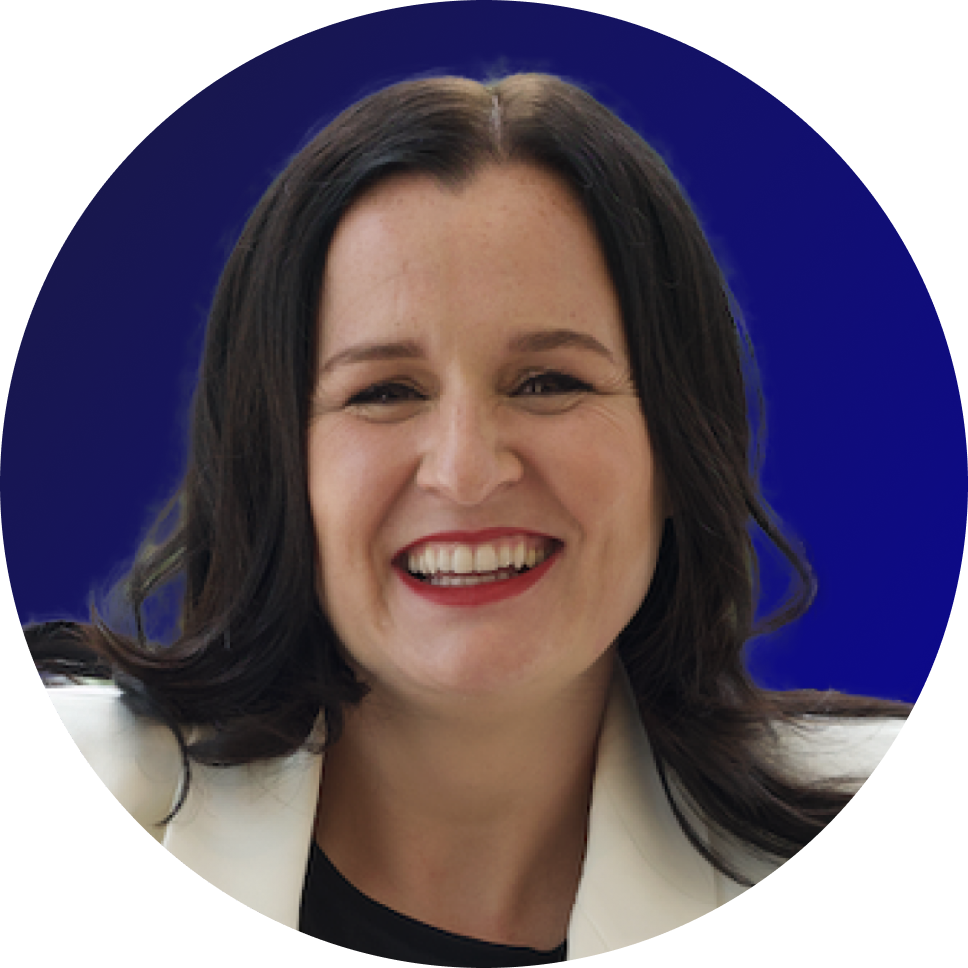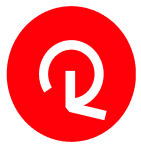Why Don't We Know Who Our People Are? It's Time to Change That.
Blog Post Body
Table of Contents
Talk to a Work Strategist
See the Work Operating System in action and start re-engineering work for AI.
Subscribe to our newsletter
The latest insights on re-engineering work for AI
What's standing between you and truly knowing who your people are?
For years, organizations have faced challenges in gaining full visibility of the people and the skills within their workforce. It can be a little daunting to consider that perhaps we know more about the chairs in our offices (the cost, the purchase date, the depreciation, the time for replacement) than we do about our most important asset—our people.
Why? Outdated systems, siloed data, a lack of integrated tools… the list goes on. We’ve tried everything under the sun to get employees to complete their profiles—from buying cakes as incentives, making it part of leadership KPIs, to launching endless change management campaigns promising that completing profiles will lead to new opportunities and life-changing moments.
Yet, we still end up with under 10% of profiles completed.
Even in my career, I’ve seen that when people are at risk of redundancy, many still don’t engage or complete their profiles. When only 20% of our employees ever fill out their profiles, it makes it almost impossible to paint a complete picture of the skills you have. Moreover, when people do give you data, they often don’t keep it up to date and only list around six skills.
And let’s not forget—most folks aren’t on LinkedIn. The majority of the global workforce are deskless workers who don’t have a LinkedIn profile. HR’s obsession with LinkedIn misses the fact that a significant portion of the workforce remains hidden and invisible. These hidden workers aren’t sitting at computers; they need to be activated via mobile devices.
While HR has tried tirelessly to gather this data…
Bold: We can’t afford to overlook our people anymore.
In 2024, technology can map out the skills, potential, and capabilities of every individual in your workforce, providing the insights you need to make strategic decisions. However, many organizations are still running on outdated, fragmented systems, leaving leaders in the dark about who their people are and what they’re capable of.
The need for this data is crucial, both in good times and bad. When times are good, understanding your workforce helps with retention, succession planning, and career development. In challenging times, this knowledge is vital for redeployment and resource optimization. If you don’t know who your people are, you risk missing out on the potential within your own organization.
I’ve spent over 20 years as a workforce strategist, scaling teams for some of the largest projects in the world. I've seen firsthand the consequences of not having visibility into the skills and capabilities of employees. It’s not just about operational efficiency; it’s about unlocking potential and placing people in roles where they can thrive.
The solution to this problem can be simpler than you think:
-
Leverage AI to Build Profiles Automatically: Implement AI tools like Reejig to automatically create profiles for every worker, including those who are deskless. This ensures that everyone is accounted for, regardless of their role or access to traditional office tools.
-
Engage Employees in Co-Creation: Invite your employees to review and co-create their profiles. People naturally like to correct or refine things, so by showing them what skills you think they have, they'll be motivated to engage and help evolve the profile, making it more accurate.
-
Personalize Based on Passions and Preferences: Ask employees about their passions and career preferences. Use this information to customize their experience and provide tailored opportunity recommendations that align with their goals and aspirations.
-
Keep Data Dynamic and Updated: Ensure that the profiles remain live and dynamic. Continuously update this data to reflect any changes in skills, roles, or preferences, so you can make informed decisions for any major workforce strategy.
Responsible: We owe it to our people—and our business—to truly understand them.
As leaders, we have a responsibility that goes beyond profit margins. Our people are our most valuable asset, and understanding their potential is key to helping them find meaningful work. When we don’t invest in systems that help us know and optimize our workforce, we’re not just risking inefficiencies—we’re risking their livelihoods.
By ensuring every individual has access to a meaningful career, we create value that extends beyond the organization. It’s about more than just business; it’s about making sure no one is left behind. This is what we at Reejig call “Zero Wasted Potential”—an approach that promotes opportunity for all, discovers talent you didn’t know existed, and ensures that everyone is given a chance to contribute.
So, ask yourself: Are you doing everything in your power to know and empower your people? If the answer isn’t a resounding “yes,” then it’s time to step up. Knowing your people isn’t just a business imperative—it’s a societal one.
Sign up for our full email newsletter to get weekly resources, exclusive extras, and more delivered straight to your inbox. 📩
Talk to a Work Strategist
See the Work Operating System in action and start re-engineering work for AI.
Subscribe to our newsletter
The latest insights on re-engineering work for AI


